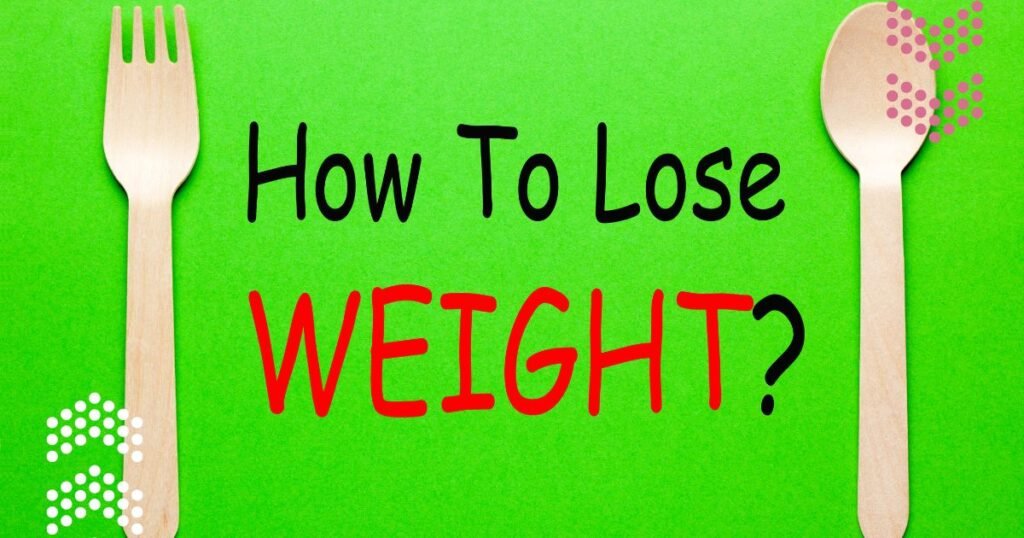Introduction to Women’s Body Composition
What is Body Composition?
Definition of Body Composition
Body composition refers to the proportion of fat, muscle, bone, and water in your body. It’s not just about how much you weigh, but what your body is made of. Understanding body composition is essential for assessing overall health, not just your weight.
Why Understanding Body Composition Matters
Focusing on body composition helps women focus on their health goals beyond the number on the scale. By understanding how muscle and fat contribute to your overall weight, you can adopt better strategies to improve your fitness, appearance, and long-term health.
How Body Composition Differs for Women
Biological Differences in Fat and Muscle Distribution
Women naturally carry more body fat than men due to biological differences, particularly for reproductive health. Women tend to store fat in their hips, thighs, and abdomen. These differences are primarily driven by hormonal factors, including estrogen.
The Role of Hormones in Shaping Women’s Bodies
Estrogen plays a key role in determining how and where women store fat. It helps regulate fat distribution, especially in areas essential for fertility and pregnancy. Understanding these hormonal influences can help women develop realistic expectations for body composition changes.
Fat vs. Muscle Mass in Women
The Importance of Muscle Mass for Women
Muscle’s Role in Metabolism
Muscle tissue is metabolically active, meaning it burns more calories than fat even when you’re at rest. This is why women who build muscle have a higher metabolic rate, which can help with long-term fat loss and maintenance.
Benefits of Building and Maintaining Muscle
In addition to boosting metabolism, muscle mass supports strength, improves balance, and enhances physical appearance by creating a toned, defined look. Women who focus on muscle building will find it easier to maintain a healthy weight and improve overall fitness.
The Role of Fat in the Female Body
Essential Fat vs. Storage Fat
Essential fat is necessary for life and physiological function, such as hormone regulation and fertility. Storage fat, on the other hand, is extra energy stored under the skin and around organs. While some storage fat is necessary, excess fat can lead to health issues.
Healthy Fat Levels for Women
Women require a certain level of body fat for reproductive health and hormonal balance. However, maintaining excess storage fat can increase the risk of conditions like diabetes and heart disease. Managing fat levels through a combination of diet and exercise is essential.
To learn more about the balance between muscle and fat in women’s health, read our article on Fat vs. Muscle Mass in Women.
Body Fat Percentage: What’s Healthy for Women?
What is Body Fat Percentage?
Understanding Body Fat Percentage
Body fat percentage measures the proportion of fat compared to total body weight. It is a key indicator of health, as it helps determine whether you are at risk for obesity-related health conditions or if you are maintaining a healthy balance of fat and muscle.
How Body Fat Percentage Differs from BMI
Unlike BMI, which only considers height and weight, body fat percentage provides a more accurate picture of your health by considering the amount of fat you carry relative to muscle mass. BMI does not differentiate between fat and muscle, which can be misleading.
Healthy Body Fat Percentages for Women
Ideal Body Fat Percentages by Age
Healthy body fat percentages vary by age. For women in their 20s and 30s, a body fat percentage of 20-24% is considered healthy. For women over 40, a slightly higher range of 23-28% is typical due to changes in metabolism and hormone levels.
Differences Between Athletes and Non-Athletes
Athletic women typically have lower body fat percentages, often in the range of 14-20%. Non-athletes will generally have higher body fat levels due to less muscle mass. Maintaining a healthy balance of fat is important for long-term health, regardless of athleticism.
For more details on healthy body fat percentages, check out our comprehensive guide on Body Fat Percentage for Women.
How to Improve Body Composition
Strategies to Increase Muscle Mass
Strength Training for Women
Strength training is the most effective way to increase muscle mass. Exercises such as squats, deadlifts, and bench presses target multiple muscle groups and promote muscle growth. Women should aim for at least two to three strength-training sessions per week to see results.
Importance of Protein and Nutrition
Protein is essential for muscle repair and growth. Women should consume 1.6 to 2.2 grams of protein per kilogram of body weight daily to support muscle development. A balanced diet with sufficient protein, healthy fats, and carbohydrates is crucial for improving body composition.
How to Reduce Excess Body Fat
Cardiovascular Exercise for Fat Loss
Cardio exercises such as running, cycling, and swimming help burn calories and reduce body fat. Incorporating at least 150 minutes of moderate-intensity cardio each week can support fat loss efforts and improve cardiovascular health.
Combining Strength Training and Cardio for Optimal Results
A combination of strength training and cardio is the most effective way to improve body composition. While strength training builds muscle, cardio helps burn fat, allowing women to achieve a leaner, more toned appearance over time.
The Importance of Tracking Progress
Measuring Body Fat Percentage
Methods for Tracking Body Fat
There are various ways to measure body fat percentage, including skinfold calipers, bioelectrical impedance, and DEXA scans. Each method provides insight into body composition and helps track changes in fat and muscle over time.
Why Consistency Matters in Tracking Progress
Consistently monitoring your body fat percentage is essential for long-term success. Regularly tracking your progress allows you to adjust your fitness and nutrition plans as needed, ensuring that you’re moving closer to your health and fitness goals.
Non-Scale Victories and Body Composition
Focusing on How You Feel and Look
Body composition improvements often don’t show on the scale. Instead, focus on how your clothes fit, how strong you feel, and the visual changes in muscle tone and fat reduction. These non-scale victories are often more meaningful than simply tracking weight.
Using Measurements and Photos for Progress
Taking regular body measurements and progress photos is an excellent way to track changes in body composition. These methods provide a visual record of your progress, helping you stay motivated and clearly see the positive changes happening to your body.
Conclusion
The Importance of Understanding Women’s Body Composition
Understanding body composition is crucial for women who want to achieve better health and fitness. By focusing on building muscle and managing fat, women can improve their overall well-being and enjoy the physical benefits of a more balanced, toned body.
Call to Action: Explore ShapioX Resources
At ShapioX, we offer a variety of resources designed to help women improve their body composition. From fitness programs and recipes to body fat calculators, we provide the tools needed to reach your health goals. For more information on weight loss strategies, visit this resource.
Explore our website for expert advice, calculators, and workout plans. For more information on weight loss and healthy living, check out this trusted source.


